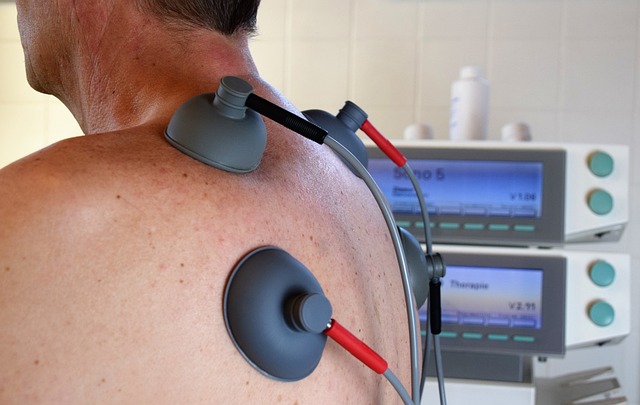Perspective narrows when you’re investing in healthcare during a global pandemic. Most of us are wrestling with immediate questions: how can we help patients with COVID-19 now? How do we protect first-line responders and providers now? Which solutions can we implement to lessen the burden the crisis poses now? The list goes on.
But there’s also a longer-view conversation to be had here. The coronavirus pandemic will influence healthcare in the long term, and not only by boosting patients’ interest in telemedicine and making masks a staple in and beyond healthcare facilities. Instead, I’m talking about a change that is long-lasting and (quite literally) concrete. Investors in healthcare real estate need to start considering how the global pandemic will alter how we build and use healthcare facilities in the future.
Some context is necessary here. Even before the pandemic sparked a drastic uptick in demand for health services, investment in healthcare real estate was substantial. Researchers from JLL found that medical building sales in the U.S. achieved nearly $10 billion in 2018, twice the metric reported only four years before.
HBRE further reports that as of the start of 2019, medical office vacancies persisted at 8.5 percent, while traditional offices maintained a vacancy rate of 13.3. This disparity, HBRE analysts write, “infers that the medical sector is outperforming the office sector. And while healthcare real estate growth has been mild, it is trending upward, and it is still ahead of the traditional office sector.”
There are several reasons for this steady growth pattern. The foremost factor is changing demographics. Currently, U.S. Census Data projects that all Baby Boomers will be above 65 years old by 2030. By 2060, one in four Americans will be 65 or older, and 20 percent of the population will be above 85. As the elder generation ages, their need for healthcare services will presumably rise, creating a higher demand for medical office space and facilities.
Aging patients aren’t driving the demand by themselves, however. Americans’ mounting interest in convenient healthcare has sparked the proliferation of retail outpatient centers, medical centers, and provider offices. The health care sector’s slow but steady shift to value-based care — and the increased access to care it is expected to provide — also contributes to the increased demand for healthcare office space, as does the ever-growing number of medical school graduates.
I’ll borrow a quote from JLL Capital Markets Senior Vice President Peter Bauman: “As long as trends in healthcare continue to point toward longer lifespans and increased care, medical office space will remain critical, and demand will increase.”
The spread of COVID-19 hasn’t altered the demand much, for good or ill. While the need for health services has ostensibly increased, a decline in non-COVID-19 patient traffic combined with social distancing restrictions and closures has led to some concern over providers’ ability to pay rent.
But, as Healthcare Finance News recently reported, the healthcare sector has been mostly able to navigate the crisis without excessive real estate losses. As HFN reporters write: “Thanks in part to loans from the federal government – which require hospitals to maintain staffing levels and continue to pay rent on their buildings – the real estate space is doing better than expected, and relatively few organizations have had trouble meeting their rent obligations, considering the breadth and scope of the health crisis.”
Now, the question we face isn’t so much if healthcare real estate investment will persist, but how new and existing spaces will need to be tailored to post-COVID users.
Now, builders and administrators will need to reimagine their office spaces and rethink critical questions such as — how can we limit the surfaces that people are permitted to touch? How can we change traffic-flow patterns to cut down on unnecessary contact? How can we design our care spaces to protect our providers and patients from infection?
Going forward, our investment will need to be in spaces that acknowledge the current pandemic and prepare for a similar public health event in the future. New buildings should be flexibly designed for patient surges, equipped with rooms that can transition into ICU spaces as needed. Medical offices should have isolation rooms that limit patient interaction prior to care and rethink the group-centric design of staff spaces.
Reimagining medical office design will be in equal parts a creative, practical, and necessary challenge — a task that will ultimately ensure that providers can meet the growing need for care with warmth and assurance.







